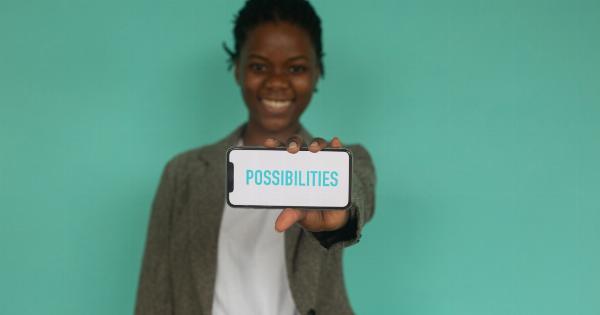Infertility can be a challenging and distressing issue for couples who are trying to conceive. In vitro fertilization (IVF) is often the go-to option for couples who are unable to conceive naturally.
IVF is an assisted reproductive technology (ART) that involves the fertilization of eggs by sperm outside the woman’s body. Despite the high success rate of IVF, it is not always a guarantee for a healthy baby. So, what comes after IVF? In this article, we will discuss the available options for couples after IVF.
Overview of IVF
Before we dive into what comes after IVF, let’s have a brief overview of the IVF process itself. IVF involves a series of steps, including:.
- Stimulating ovulation: The woman takes medication to stimulate the ovaries to produce eggs
- Egg retrieval: Eggs are retrieved from the ovaries using ultrasound-guided aspiration
- Fertilization: The eggs are fertilized with sperm in a lab
- Embryo development: The fertilized eggs develop into embryos
- Embryo transfer: One or more embryos are transferred into the woman’s uterus
Following the embryo transfer, the woman should take a pregnancy test after two weeks. If the test is positive, the woman will continue with her pregnancy, and if not, she will undergo another cycle of IVF.
Options After IVF
While IVF has a high success rate, it is not always a guarantee for a healthy pregnancy. If IVF fails, or if the pregnancy does not result in the birth of a healthy baby, couples can look into the following options:.
1. Donor Eggs
Donor eggs can be used to fertilize with the sperm of the male partner or a donor sperm in the laboratory. The fertilized egg is then transferred into the uterus of the woman.
Using donor eggs is an option for women who have a low ovarian reserve, poor egg quality, or any other medical condition that affects their ability to produce viable eggs.
2. Donor Sperm
Donor sperm may be used to fertilize the eggs of the female partner, in a process called intrauterine insemination (IUI). Donor sperm is also used in cases where the male partner has a low sperm count or poor sperm quality.
The sperm can either be obtained from a sperm bank or from a known donor.
3. Surrogacy
Surrogacy is an option for couples where the woman is unable to carry a pregnancy due to a medical condition or a history of failed IVF.
Surrogacy involves the use of a gestational carrier who carries the pregnancy to term on behalf of the intended parents. The gestational carrier will not have any genetic relation to the baby as the embryos are created using the eggs and sperm of the intended parents or donors.
4. Adoption
Adoption is an option for couples who have exhausted all other options or for those who prefer to build their families through adoption.
Adoption is a legal process where the adoptive parents take on the responsibilities and rights of a child’s biological parents. This option is particularly suitable for couples who want to offer a loving home to a child in need while also experiencing the joys of parenthood.
Conclusion
IVF is a popular option for couples who struggle with infertility; however, it is not always a guarantee for a healthy pregnancy. The available options after IVF include donor eggs, donor sperm, surrogacy, and adoption.
It’s essential to consult with your healthcare provider to determine the best option for you and your partner.































